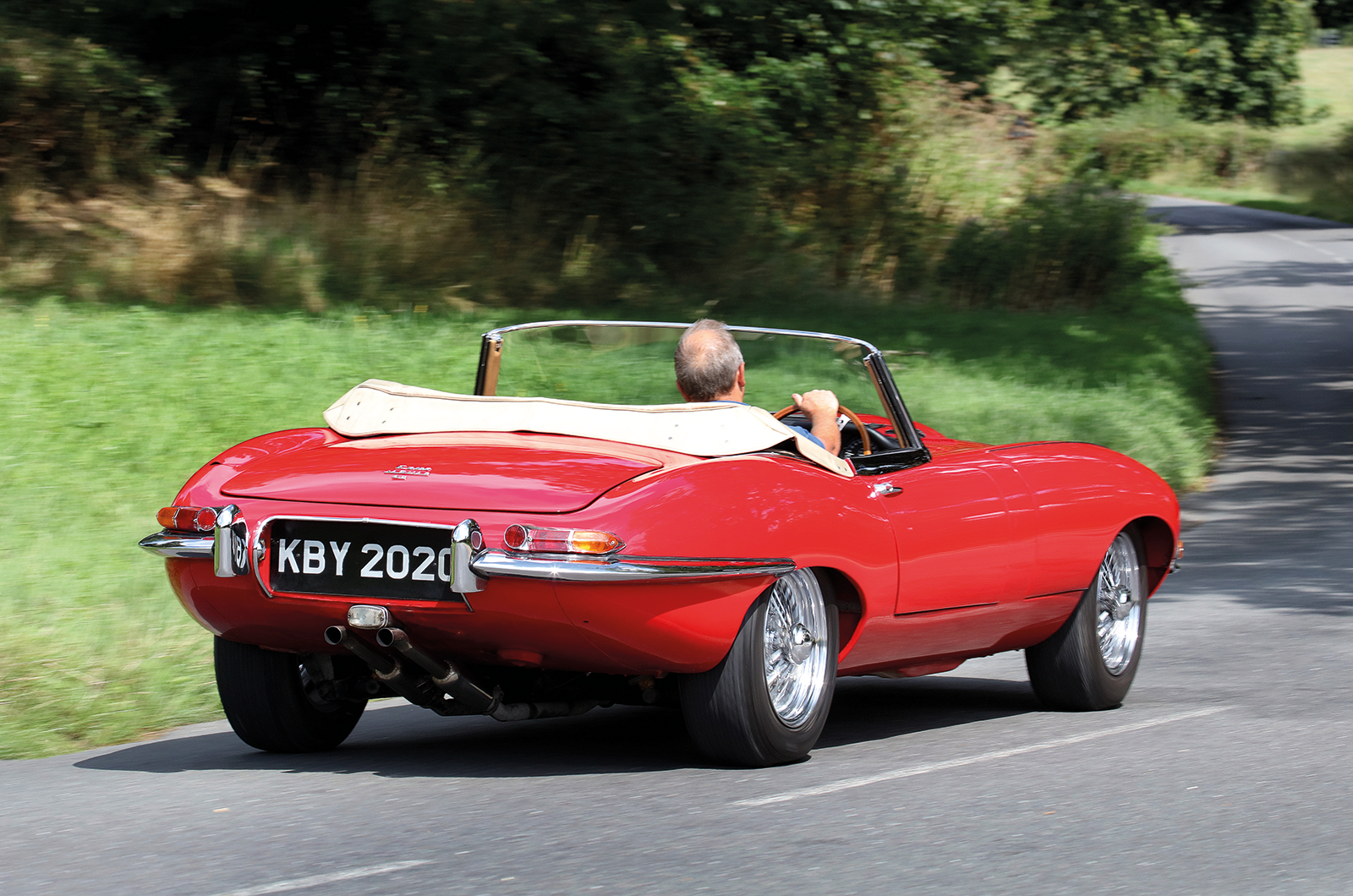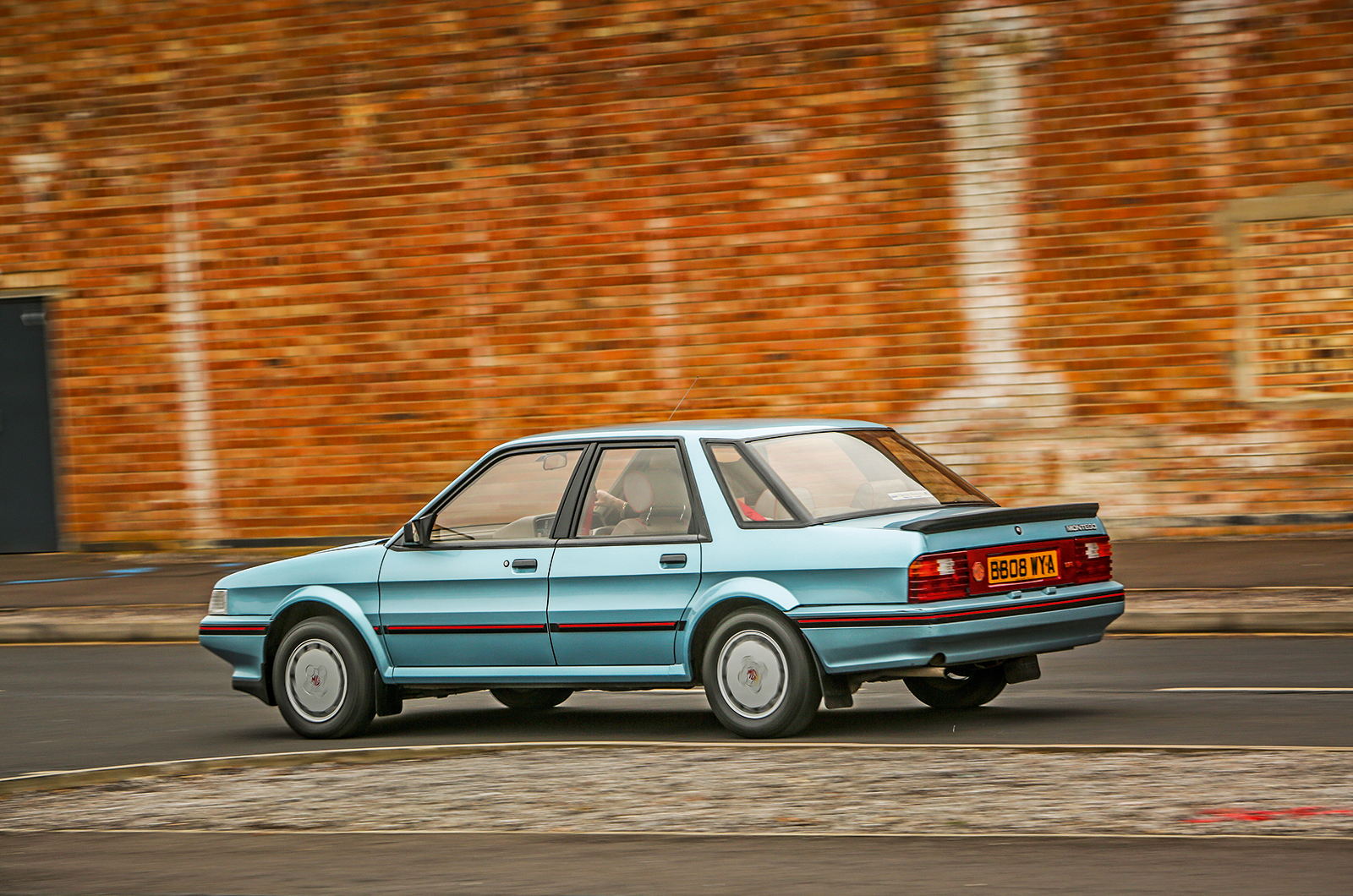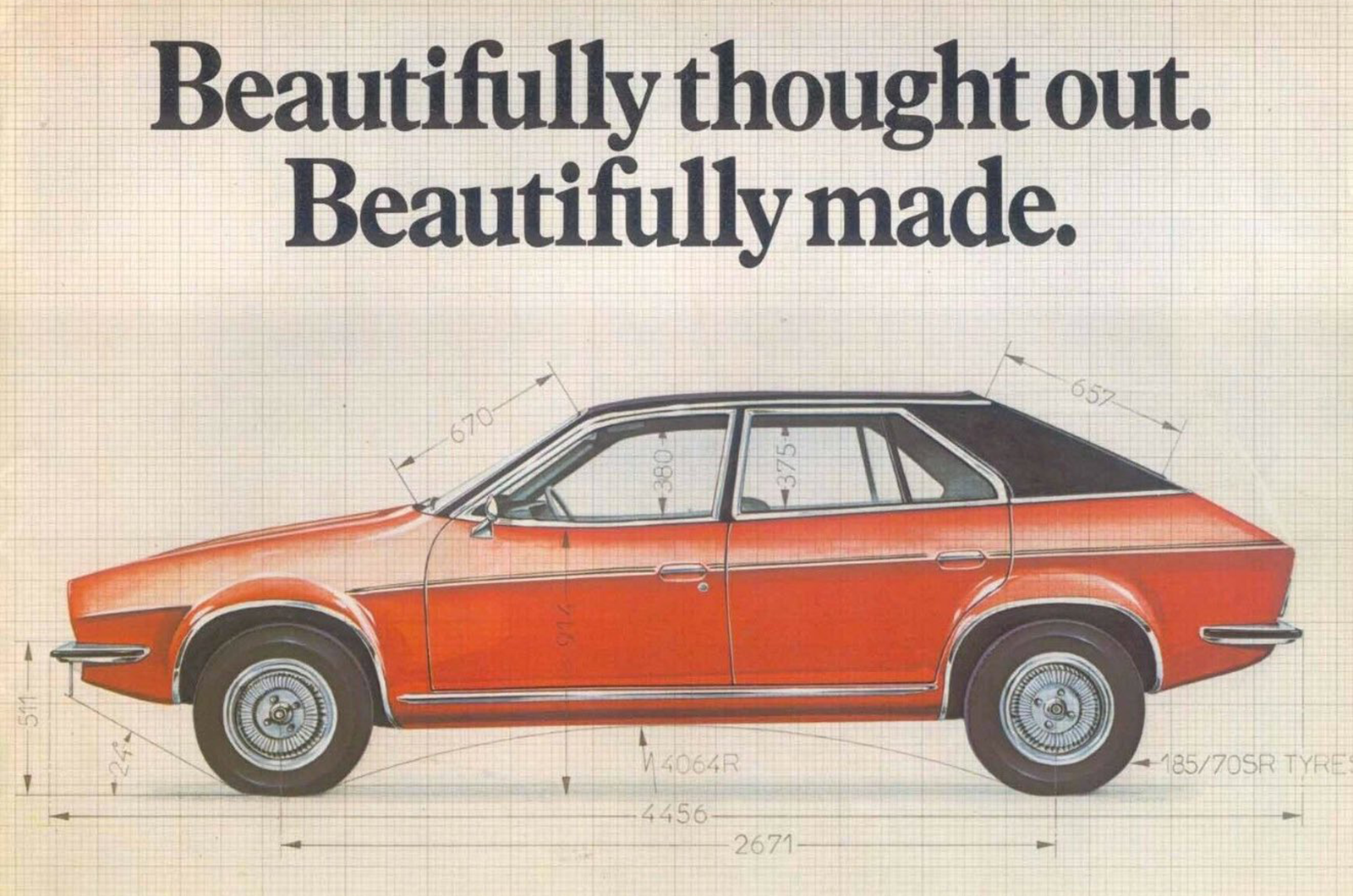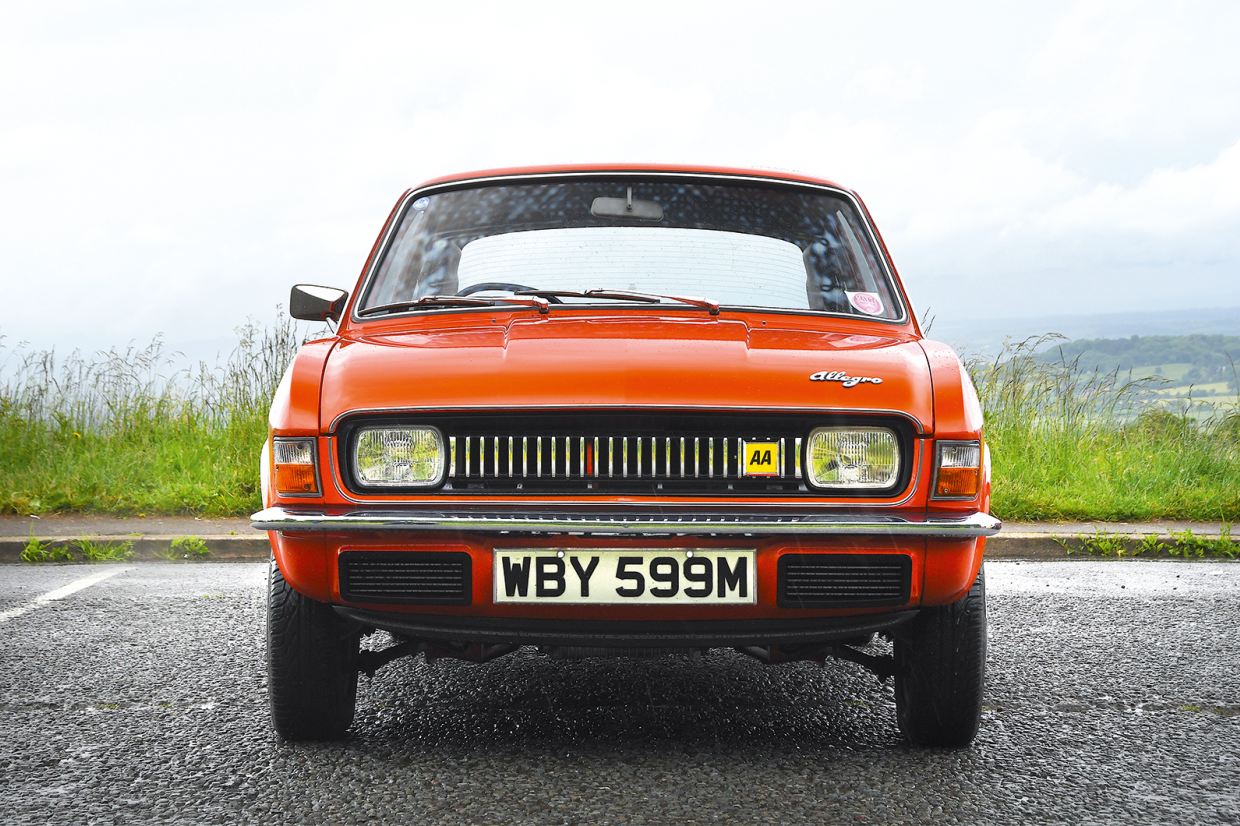
Years ago, I used to rue my poor luck at getting into the motor-noting game during the 1970s.
It seemed to me that hacks who’d arrived 10 years earlier were much more fortunate: they’d witnessed the arrival of the Jaguar E-type, the launch of the MGB, the burgeoning of the Mini, the worldwide growth of Land Rover and the incredible flowering of Lotus – all of it leading to the magnificence of the Jaguar XJ6 and Range Rover.
My own early 1970s arrival coincided with the launches of the Morris Marina, Triumph Dolomite, Leyland P76 (in my native Australia) and pretty soon the Triumph TR7, Austin Princess and Rover SD1.
These were not traffic-stoppers in a Lotus Elan sense, though the enduringly good-looking Rover does get an easier ride today than it did from disaffected buyers back in the day.
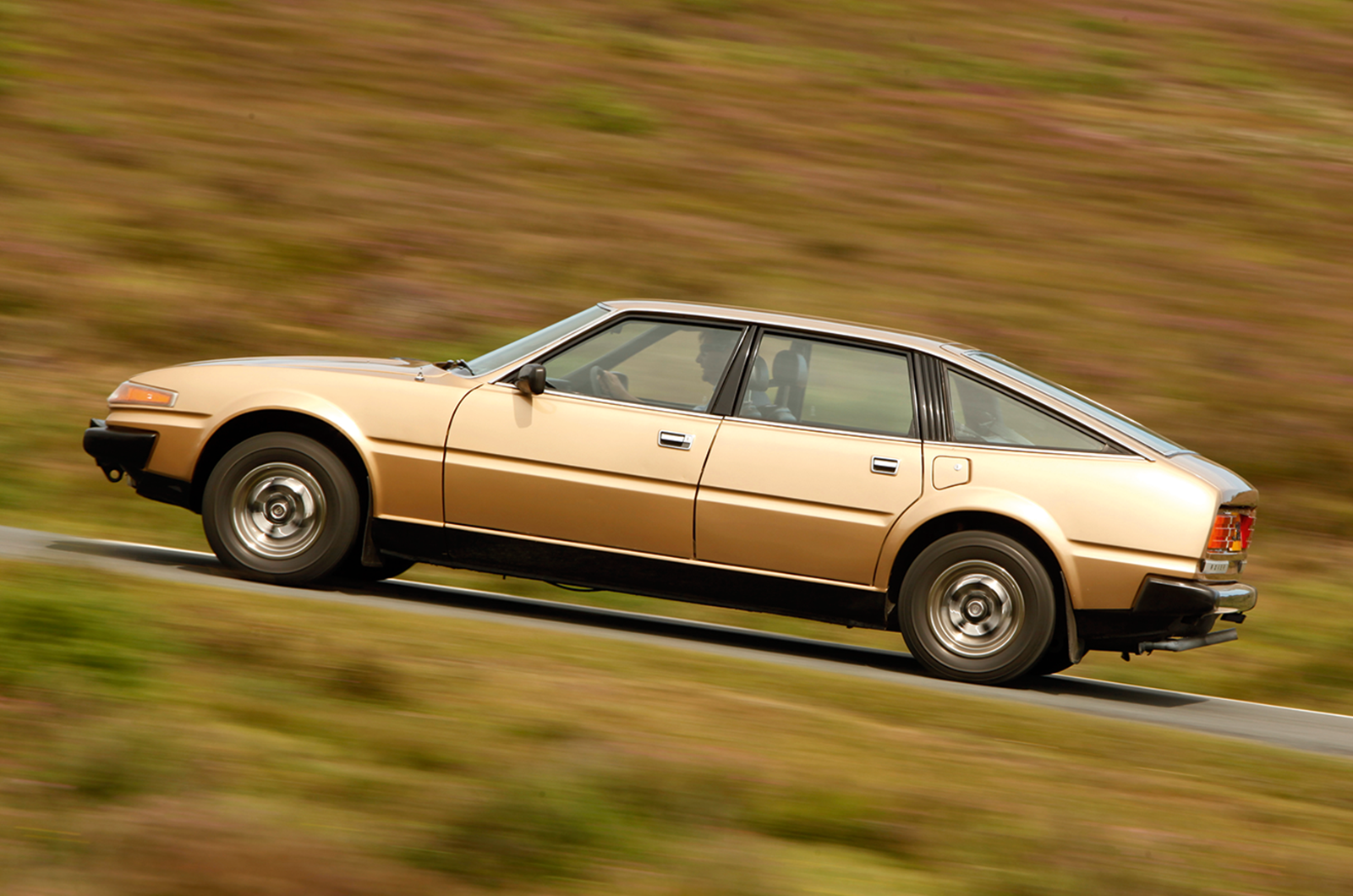
The now fondly remembered Rover SD1
BL’s main ‘70s problem was intransigent unions and a profusion of factory disputes (Derek ‘Red Robbo’ Robinson led 532 walk-outs in 30 months).
Cack-handed, because-I-say-so management was also a major factor.

